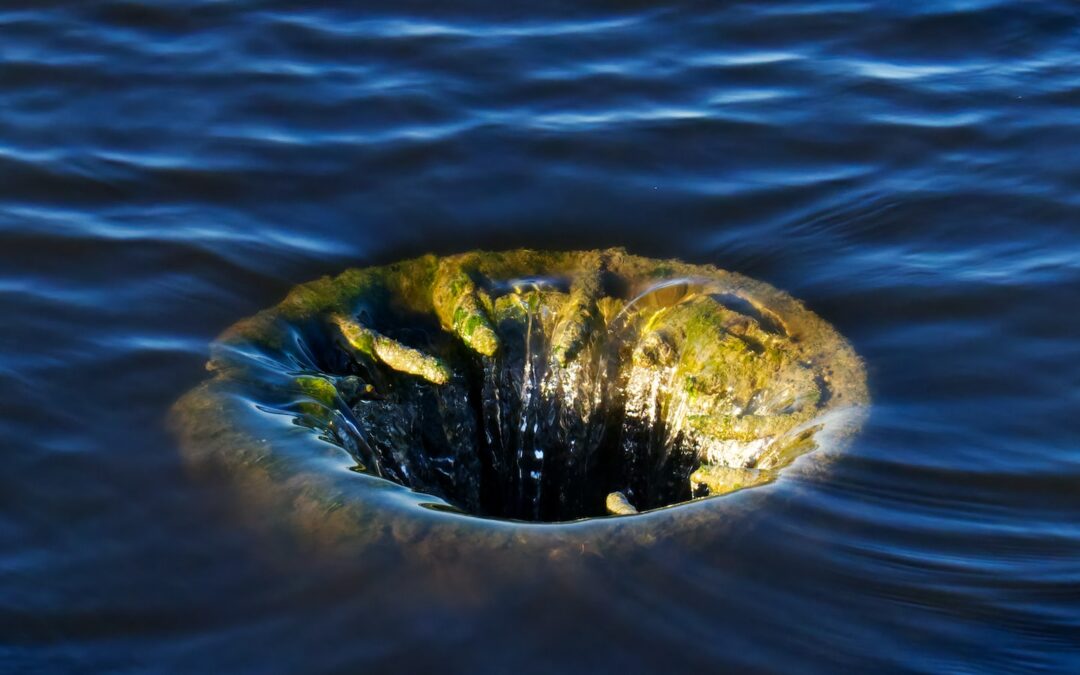With cozy autumn evenings around the corner and a constant supply of festive pumpkin decorations, it can be easy to fall into the trap of a cute, fuzzy pest problem. While visiting a pumpkin patch, it may not be obvious that you’re actually bringing home much more than bright orange gourds. Whether you’re here to pick out the perfect pumpkin or searching for a family fun experience, there are some key steps you should take to ensure you’re not bringing home any unwelcome additional guests.
Be Aware of Common Pests
Spotting Rats and Mice
The most common pests likely to be spotted among the pumpkin patch are rodents. Rats and mice can be seen scurrying between pumpkins and hay bales, making them incredibly hard to catch. However, they are much easier to identify. Rats are identifiable by their long, thin tails, and large ears. Mice, on the other hand, have small ears and short tails. Both rodents have fur that ranges in color from black to brown, often looked at as a sign of infestation. Keeping an eye out for these signs can help you avoid bringing home any extra guests of the rodent variety.
Identifying Beetles and Mites
Beetles can also be seen around pumpkin patches, especially during the autumn season. The most common beetles to be wary of are the Colorado Potato Beetle and the Squash Beetle. The Colorado Potato Beetle has a yellowish hue, with a row of black stripes running down its back. The Squash Beetle, on the other hand, is generally black and yellow spots. Both pests feed on foliage, including pumpkins and squash, making them likely to be seen scurrying across gourds when given the chance. Furthermore, mites can also be spotted by their small size and light red or black color. All three of these pests can take up residence in pumpkins and squash that are damaged or infected, so look out for these signs when selecting your perfect pumpkins to make sure you’re not bringing home any unwelcome guests.
Buying Tips
Double-Check your Purchases
To make sure your pumpkins come home pest-free, double check your purchases. Before heading to checkout with your pumpkins, inspect each one thoroughly. Look for any signs of possible rat, mice, or beetle infestations and make sure you’re also checking underneath each pumpkin, especially if it has multiple nodes or stems.
Purchase High-Quality Pumpkins
When browsing for the perfect pumpkin, paying a little larger price tag for high-quality pumpkins is always worth it. They’re likely to last one to two months and can hold up much better versus the cheaper alternative. By choosing high-quality pumpkins, you can reduce the chances of bringing home any additional guests.
Protective Measures
Store Inside Bagged Grocery Bags
When bringing your harvest home, you can take protective measures by storing your pumpkins in bagged grocery bags to avoid any potential stowaways. Rats and mice will not be able to make too much trouble while stored in the thick plastic, and you can easily dispose of the bag after the gourds are out of the bag. Furthermore, if you’re looking to display or decorate your pumpkins, consider wrapping them in mesh netting to make sure they remain safe from any predators.
Clean your Car
After visiting the pumpkin patch, you may also want to do a quick once-over of your car for any additional passengers that may have hitched a ride. It’s best to do this once you’re home and can take a slower look, instead of when you’re driving home at full speed.
People Also Ask
How Can I Keep Pests Away From my Pumpkins?
One of the most effective ways to keep pests away from your pumpkins is to store them inside of bagged grocery bags, which will prevent any stowaways from coming home with you. Furthermore, decorating or displaying pumpkins can be done with mesh netting, which will protect pumpkins from any pests or predators.
What Should I Look For in Pest-Free Pumpkins?
When selecting the perfect pumpkins at the patch, be on the lookout for signs of rat, mice, or beetle infestations. Also keep an eye out for any damage or infection, which could attract pests as well.
What Should I Do if I Already Have Pests in my Pumpkins?
If you’ve already brought home a pumpkin with pests, your best bet is to discard it immediately. If the infestation has spread to the other pumpkins, it’s best to throw everything away in order to avoid any further spread.
Are my Cucumbers and Squash at Risk Too?
Cucumbers, squash, and other gourds and vegetables are also at risk of bringing home pests. Make sure to inspect them thoroughly before leaving the patch and store them safely when arriving home.
Final Words
Pumpkins are a joyous part of the autumn season, as well as a great source of family fun and festivity. Taking the time to inspect your pumpkins for any additional guests, however, will help you avoid bringing home a costly infestation problem. By being aware of the common pests, double-checking your purchases, and using protective measures, you can keep your pumpkins pest-free and have a safe and happy autumn season.

